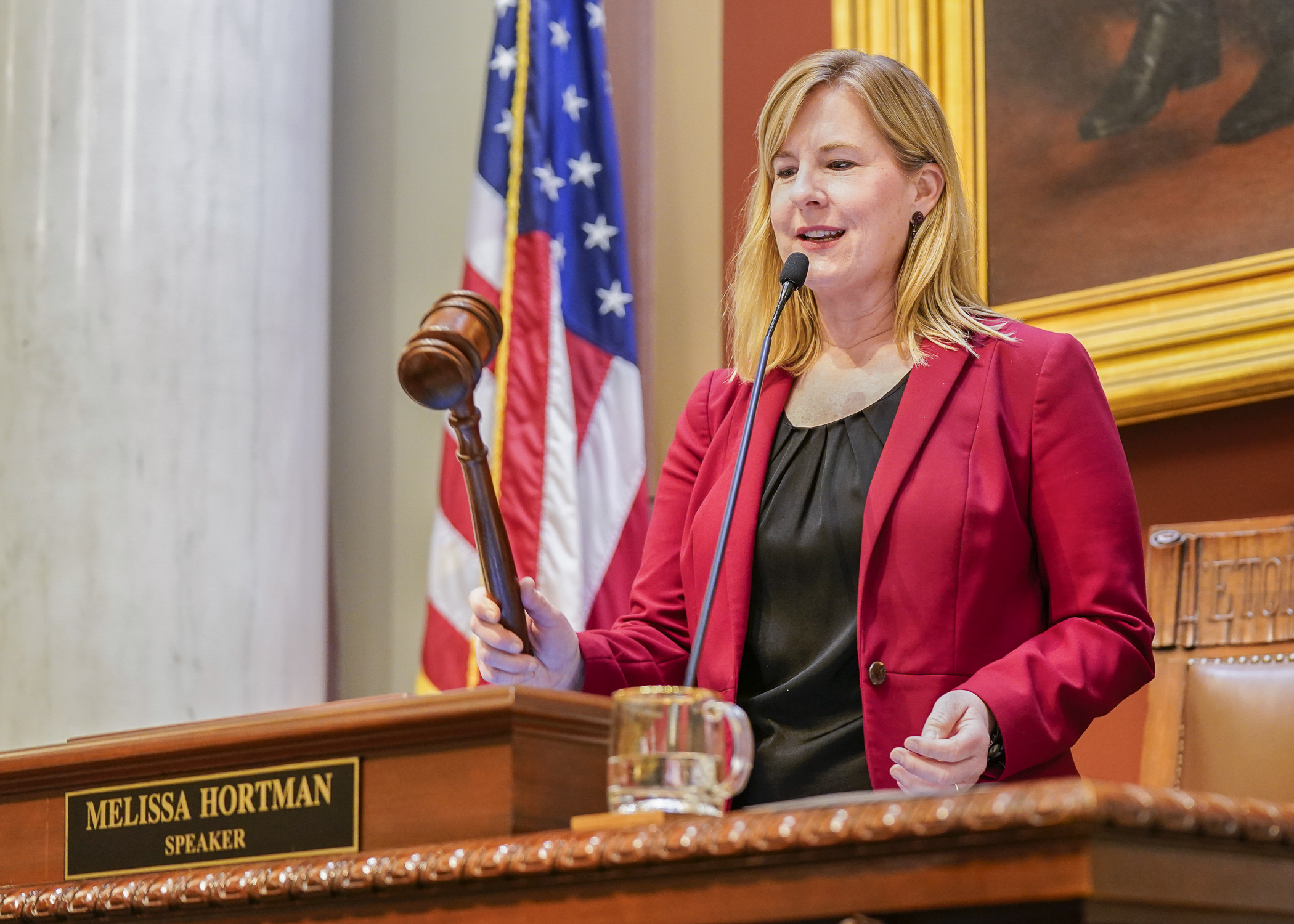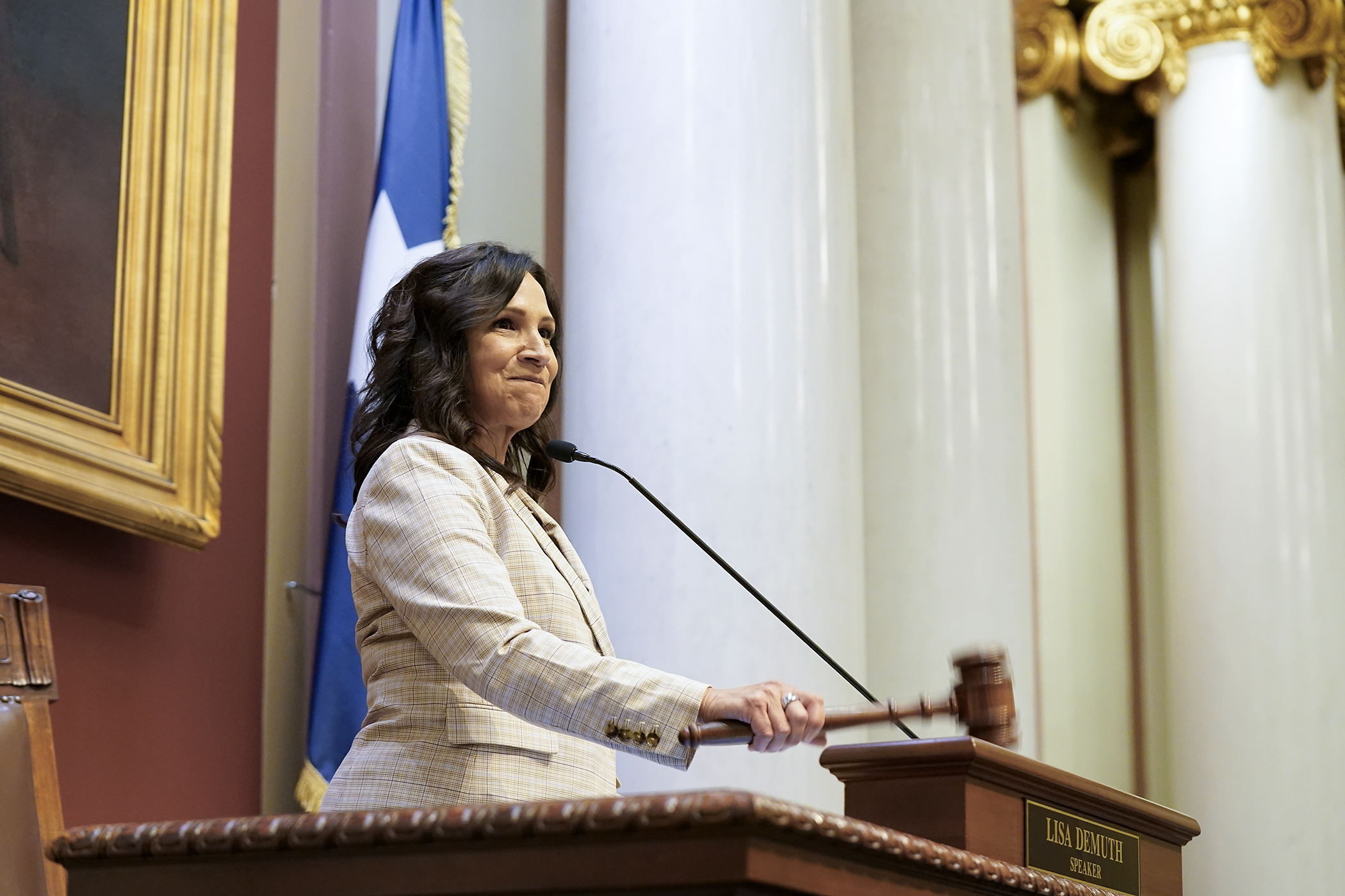Research on controlling invasive species among projects in $103 million environmental trust fund bill
If you play the lottery, you hope you’ll be one of the rare lucky ones who win big, but odds are you will not.
But you can at least be philosophical about it and tell yourself your losses are helping to protect and enhance Minnesota’s environment and natural resources.
That’s because the money the state takes in through the lottery goes into the Environment and Natural Resources Trust Fund, which by law must be spent “for the public purpose of protection, conservation, preservation, and enhancement of the state’s air, water, land, fish, wildlife, and other natural resources.”
What projects get funded and by how much is the annual task of the Legislative-Citizen Commission on Minnesota Resources. Its 2026 recommendations are in HF1482, sponsored by Rep. Rick Hansen (DFL-South St. Paul).
The bill would appropriate $103.3 million from the fund in fiscal year 2026 for more than 100 projects ranging from promoting pollinators on corporate campuses to developing a portable device to detect arsenic and nitrate in well water.
The House Environment and Natural Resources Finance and Policy Committee laid the bill over Thursday after adopting an oral technical amendment. No testifiers spoke on the bill, nor was there any member discussion.
Hansen said laying the bill over would allow the committee to reconcile his bill with HF1218, a Republican-sponsored bill that was tabled on the House Floor March 13.
Some of the large-ticket items in HF1482 include:
- $5.8 million for projects aimed at solving Minnesota’s aquatic invasive species problems;
- $5.2 million to produce renewable energy from food waste;
- $4.8 million for local parks, trail connections, and natural and scenic areas;
- $4 million to the Osprey Wilds Environmental Learning Center and four other K-12 partner schools;
- $3.2 million to install a green hydrogen production, storage and fueling station in St. Cloud; and
- $2.7 million for Cannon River preservation and access.
Since 1991, the fund has provided approximately $1.1 billion to more than 1,700 projects around the state.
Related Articles
Search Session Daily
Advanced Search OptionsPriority Dailies
Speaker Emerita Melissa Hortman, husband killed in attack
By HPIS Staff House Speaker Emerita Melissa Hortman (DFL-Brooklyn Park) and her husband, Mark, were fatally shot in their home early Saturday morning.
Gov. Tim Walz announced the news dur...
House Speaker Emerita Melissa Hortman (DFL-Brooklyn Park) and her husband, Mark, were fatally shot in their home early Saturday morning.
Gov. Tim Walz announced the news dur...
Lawmakers deliver budget bills to governor's desk in one-day special session
By Mike Cook About that talk of needing all 21 hours left in a legislative day to complete a special session?
House members were more than up to the challenge Monday. Beginning at 10 a.m...
About that talk of needing all 21 hours left in a legislative day to complete a special session?
House members were more than up to the challenge Monday. Beginning at 10 a.m...